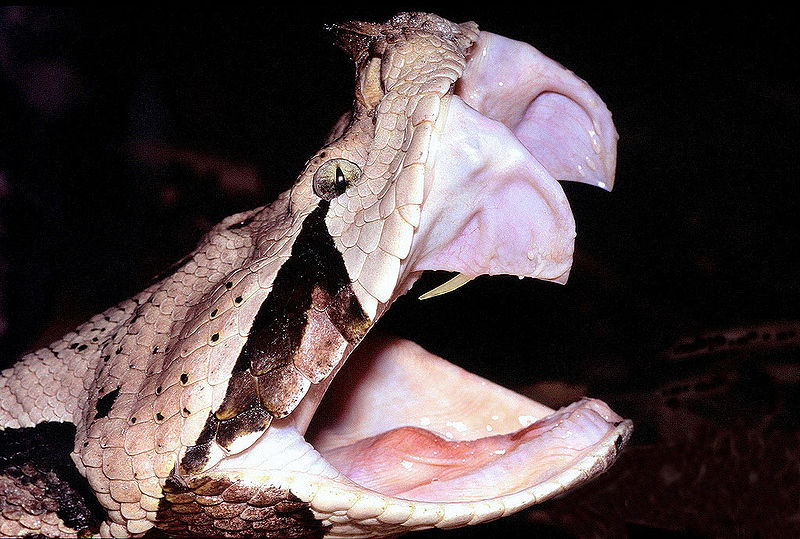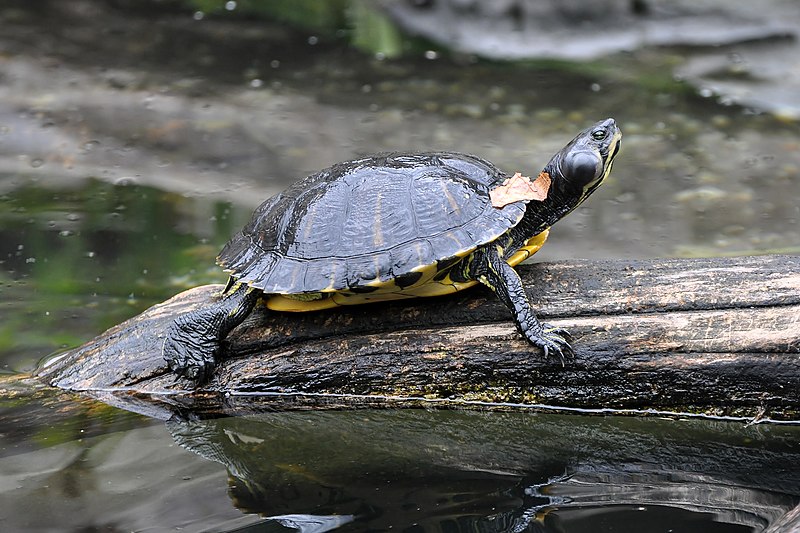 As a career herpetologist, I’ve had several opportunities to study venomous snakes in the field, and have spoken with many people who live in areas where they are common. My experiences led me to believe that venomous snakebite is a far more serious problem than is typically reported. Recently, two important studies have established that at least 4.5 million people are bitten annually – 1.5 million in Sub-Saharan Africa alone. Yet snakebite was only recently included on the World Health Organization’s list of Neglected Tropical Conditions, and in many countries few victims receive appropriate treatment.
As a career herpetologist, I’ve had several opportunities to study venomous snakes in the field, and have spoken with many people who live in areas where they are common. My experiences led me to believe that venomous snakebite is a far more serious problem than is typically reported. Recently, two important studies have established that at least 4.5 million people are bitten annually – 1.5 million in Sub-Saharan Africa alone. Yet snakebite was only recently included on the World Health Organization’s list of Neglected Tropical Conditions, and in many countries few victims receive appropriate treatment.
Africa
The most intensive study to date, published in the journal Toxicon (V.57, N.4; see abstract below), reviewed 40 years’ worth of African medical reports and surveys. The authors concluded that at least 1.5 million people, 95% of whom live in rural regions, are bitten in Sub-Saharan Africa annually. At least 7,000 people die as a result, and up to 14,000 require limb amputations. Antivenin, the most effective snakebite treatment, is administered to only 10% of those bitten in Africa. Read More »

 That Reptile Blog – Reptile, Amphibian and Exotic Pet Care and Information
That Reptile Blog – Reptile, Amphibian and Exotic Pet Care and Information




